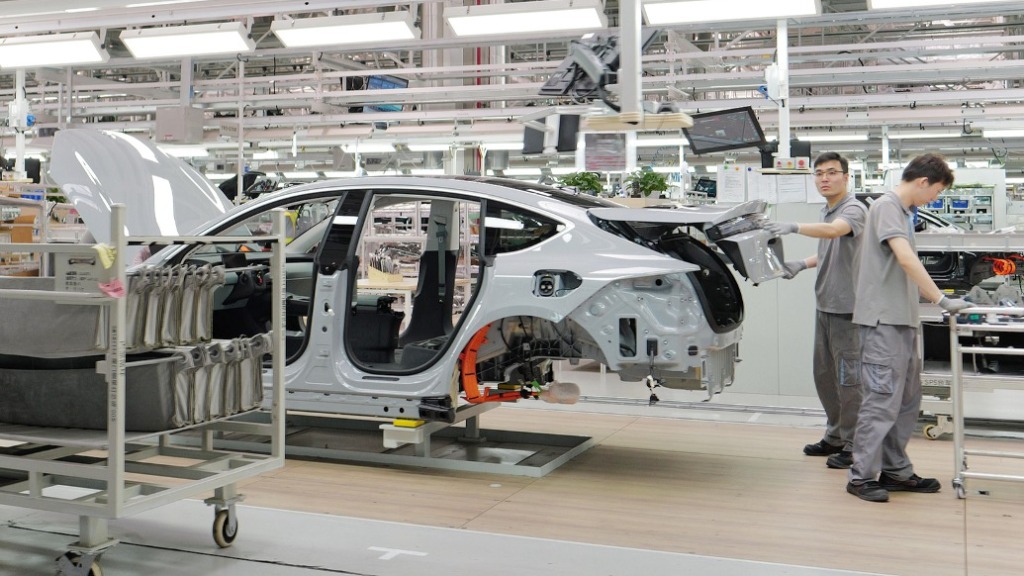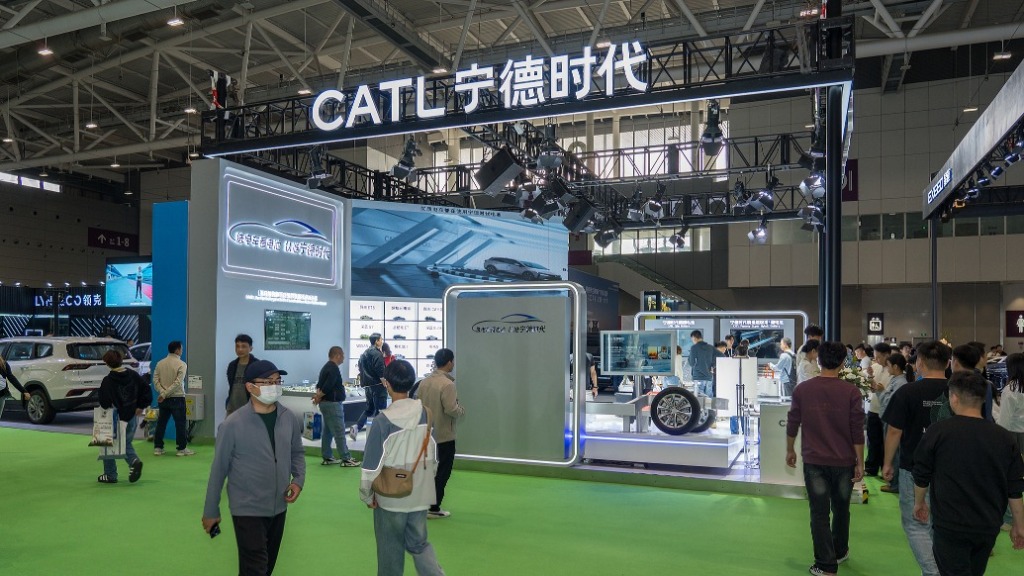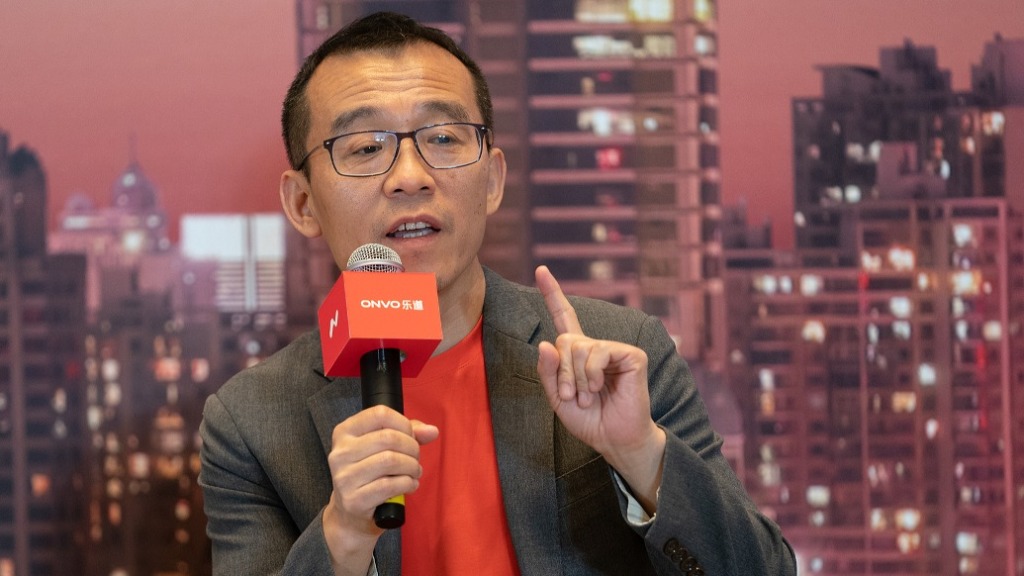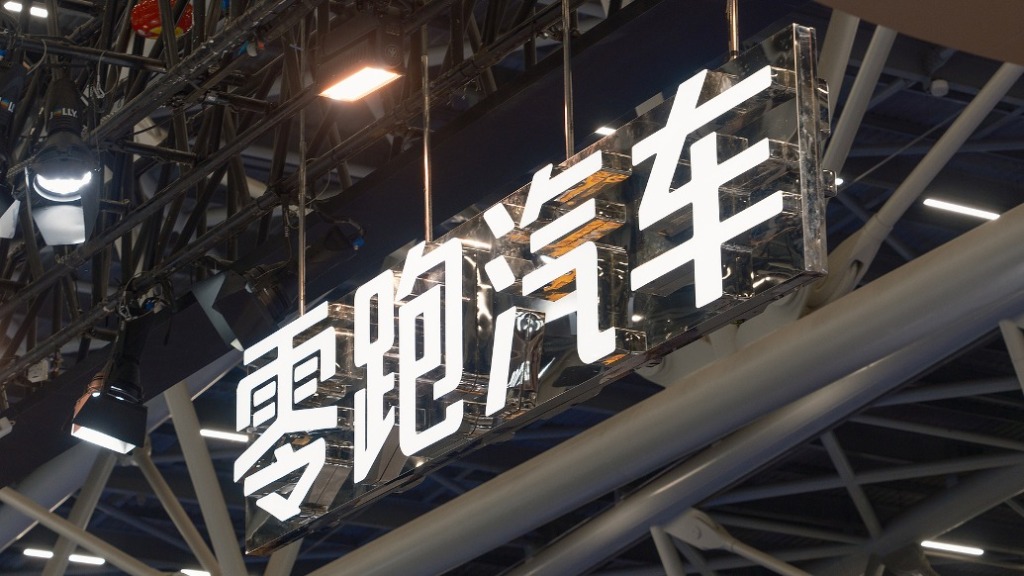
In May 2025, NIO once again became the focus of the industry.
This new force, which once broke out with the label of "user enterprise", is undergoing a deep reform from brand structure to organizational genes. The core of this change is to break up the "independent kingdoms" of sub-brands and accelerate resource coordination. Behind this is the founder Li Bin's do-or-die fight for the goal of "profitability in the fourth quarter of 2025."

NIO electric vehicle production line in Hefei, Anhui, April 25, 2025, local time.
On May 9, according to media reports, an internal announcement from NIO showed that its sub-brands Ledao and Firefly were deeply integrated into NIO's main brand system. Ledao’s core departments such as product development, user services, and regional sales were broken down into first-level departments and directly integrated into NIO’s Product Design and R&D Cluster (PD&D) and User Service and Experience Cluster (UE). The product experience, project management and other functions of the original Ledao business unit are directly managed by Li Bin, while the user service department is under the charge of the new Ledao president Shen Fei, who reports to co-founder Qin Lihong.
This adjustment marks NIO’s complete farewell to its sub-brand’s “independent operation” model. Ledao and Firefly no longer have independent business unit structures. Their R&D, sales, service and other functions have been broken down into specialized modules within the NIO system. For example, after the Ledao Marketing Event Planning Department and regional sales company are incorporated into the UE cluster, they will share market strategies and execution resources with NIO, while the Firefly Business Unit will be incorporated into the PD&D cluster, which means that its product development will rely more deeply on NIO's technology platform.
This integration is not an isolated incident. In early May, NIO reorganized its regional sales system. NIO's regional general managers in Tianjin, Dalian, Hangzhou and other places began to serve as the corresponding regional managers of Ledao. In remote areas, NIO's general managers even directly took over Ledao sales.
Before that, on April 2, Ai Tiecheng, the former president of Ledao, resigned voluntarily because the sales of the L60 model did not meet expectations. His position was taken over by Shen Fei, the head of NIO's energy business. Shen Fei single-handedly built NIO's largest global battery swap network. His cross-border move to helm Ledao Sales is interpreted as NIO's attempt to transform its energy service advantages into differentiated competitiveness for its sub-brands.
The urgency of all adjustments comes from the dual pressures of NIO’s 2025 sales target of 440,000 vehicles and its fourth-quarter profit commitment. Data shows that in the first four months of 2025, NIO's total sales volume was 65,994 vehicles. It would be impossible to achieve the expected goal if it continues to develop linearly according to this pattern.
At present, Li Bin is promoting the "Basic Business Unit (CBU)" mechanism internally, requiring each department to clarify ROI indicators, link executive compensation with equity incentives, and even initiate organizational downsizing. Under the company's extreme cost control measures that require "every penny to count," NIO's anxiety about profitability is written all over its face.
Some analysis agencies believe that NIO’s integration logic seems clear - reducing costs through resource sharing, using multiple brands to cover the 200,000-300,000 yuan and 100,000 yuan and above markets, and forming a complementary price band with the main brand. The starting price of Firefly is 119,800 yuan, a direct drop of 30,000 yuan compared to the pre-sale price. Li Bin insisted that "there is still gross profit", and his confidence comes from supply chain sharing and European market premium strategy.
But contradictions also emerged. The weak sales of Ledao L60 exposed the shortcomings of insufficient awareness of the new brand, while problems such as the inexperience of the sales team and the battery supply bottleneck have not yet been completely resolved. Previously, the manager of a Le Dao store in a certain area "falsely conveyed an imperial decree", saying that the company required every employee to buy Le Dao. All these details reflect the company's lack of control over employee quality in the pursuit of growth.
A further challenge lies in the hidden internal friction after organizational integration. Mu Sheng Consulting Company pointed out that in the long run, department mergers or concurrent leadership will not solve the fundamental problems. This is because there are still two functions or businesses within a large department, and there will still be people responsible for those functions or businesses. The departmental walls within a large department are still difficult to eliminate - it's just that the struggle has become more sophisticated and the internal friction has become more invisible. It emphasizes that the most advanced infighting often takes place in the simplest way, and this simplest way often incurs the greatest cost.
Currently, NIO is racing against time. If the integration is successful, its multi-brand synergy effect may provide the industry with a new template of “reducing costs without reducing quality”. If it fails, it may fall into a vicious cycle of scale expansion and resource dilution. Li Bin placed his bet on a qualitative change in organizational efficiency. Whether NIO, a potential stock company spanning car manufacturing and energy, can get out of the current dark moment will also affect the confidence of a considerable number of Chinese automotive people in the future of the industry.


